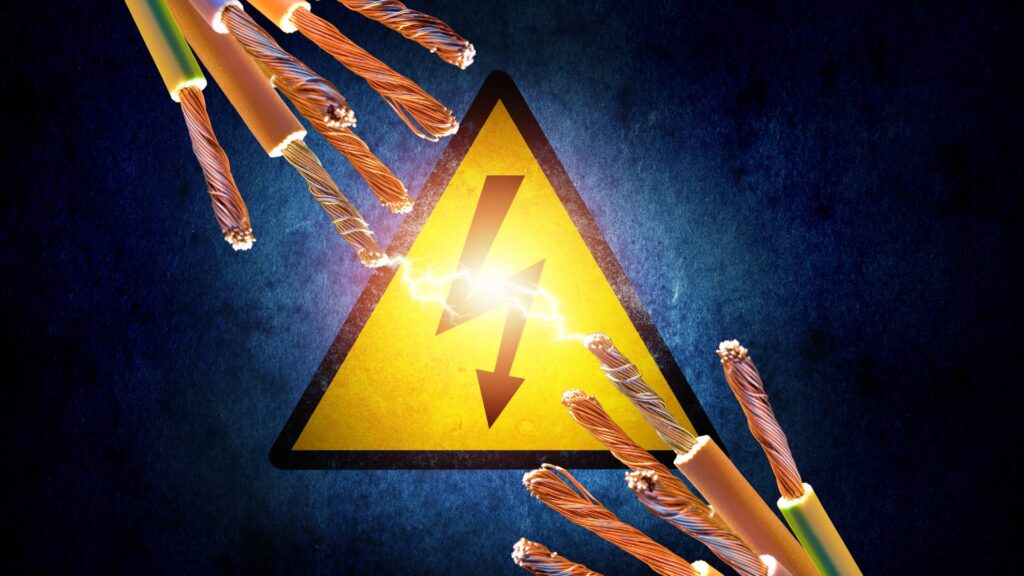Table Of Content
ToggleThe challenge of controlling rat populations has led to the adoption of various methods, from traditional traps to poisons.
Recently, electric devices have gained popularity as a humane and efficient alternative, utilizing a precise voltage to instantly eliminate rats without resorting to harmful chemicals.
Understanding the electrical requirements is key to ensuring these devices are both safe and effective, highlighting the importance of technology in modern pest control strategies.
Electric rat traps represent a modern solution to rodent control, addressing concerns like “how do rats get in your house” by offering a blend of efficiency, safety, and humane treatment not always found in traditional methods.
These devices work by emitting a high-voltage shock when a rat completes the circuit by stepping on the electrodes present inside the trap. This method is quick and usually results in instant death for the rat, effectively stopping intruders in their tracks and answering the pressing question of how to prevent rats from entering homes in the first place.
The advantages of using electric rat traps over traditional methods include:
However, safety considerations are paramount when handling and setting up electric traps. It’s important to follow the manufacturer’s instructions carefully to avoid accidental injury and ensure the trap is set up in a location that minimizes the risk to non-target animals and humans.
Discover the humane way to control rats – explore our electric rat traps today.
There is a variety of electric rat traps available on the market, each with its own set of voltage specifications and features. When selecting an electric rat trap, consider the following:

Determining the exact voltage required to humanely kill a rat is not a straightforward answer due to the variables involved. However, it’s widely accepted that electric rat traps typically operate within a range that ensures efficacy while aiming for a humane end. The electrical voltage necessary can vary, but it usually falls within a certain range that is deemed sufficient to be lethal to rodents without causing unnecessary suffering.
Several factors influence the effectiveness of electric shock in rats, including:
When compared to standard voltages used in commercial rat traps, most devices are designed to deliver between 5,000 and 10,000 volts. This range is generally sufficient to kill rats effectively, though the exact voltage may vary based on the model and the manufacturer’s specifications.
Say goodbye to rat problems for good – find out how our solutions can help.
To maximize the effectiveness of your electric rat trap, follow these steps:
By understanding these key aspects of electric rat traps—from the voltage required to kill a rat, to selecting and setting up a trap—you can make an informed decision on the best approach to managing rat populations in a humane, safe, and effective manner.
While electric rat traps offer a modern, humane solution to rodent control, they’re not the only option available. Various other methods can also effectively manage rat populations, each with its own set of benefits and drawbacks. It’s important to consider the efficiency, safety, and cost-effectiveness of these alternatives to choose the best approach for your situation.
Chemical methods, including rat poisons, are widely used for controlling rat populations. These substances can range from anticoagulants, which cause internal bleeding, to neurotoxins that affect the rat’s nervous system. While effective, these methods come with significant risks and considerations:
Ready to tackle your rodent issue head-on? Click here to get started with our effective traps.
Mechanical traps, such as snap traps or live traps, have been used for centuries to control rat populations. These devices physically capture or kill the rat through a mechanism triggered when the rat takes the bait. Here’s a closer look at mechanical traps and their comparison to electric traps:
When comparing these alternatives to electric rat traps, it’s essential to weigh the humaneness, safety, and effectiveness of each method.

Ensuring safety and humane treatment in rat control is paramount. Electric rat traps, when used correctly, offer a balance between effectiveness and ethical considerations, minimizing harm to both targeted and non-target animals.
This approach underscores the necessity of selecting pest control methods that are safe, humane, and environmentally conscious. As we consider the voltage required for an effective kill and the overall impact of our choices, it’s clear that informed, compassionate decisions in pest management not only solve our immediate problems but also align with broader ethical and environmental values.
Yes, you can kill rats with electricity, using specifically designed electric traps that deliver a high-voltage shock to instantly kill the rat without causing unnecessary suffering. These devices are considered humane and effective for controlling rat populations in a variety of settings.
No, 12V is typically not enough to kill a rat; higher voltages are usually required to ensure a quick and humane death. Most commercial rat zappers operate at a much higher voltage to guarantee efficacy and minimize the rodent’s suffering.
A 9 volt battery alone is unlikely to kill a mouse, as the voltage is not sufficient to cause immediate death. Effective mouse control usually requires a specifically designed trap that can deliver a higher voltage shock to ensure a quick and humane kill.
Your trusted pest control experts in Southern California. Keeping your neighborhood pest-free!